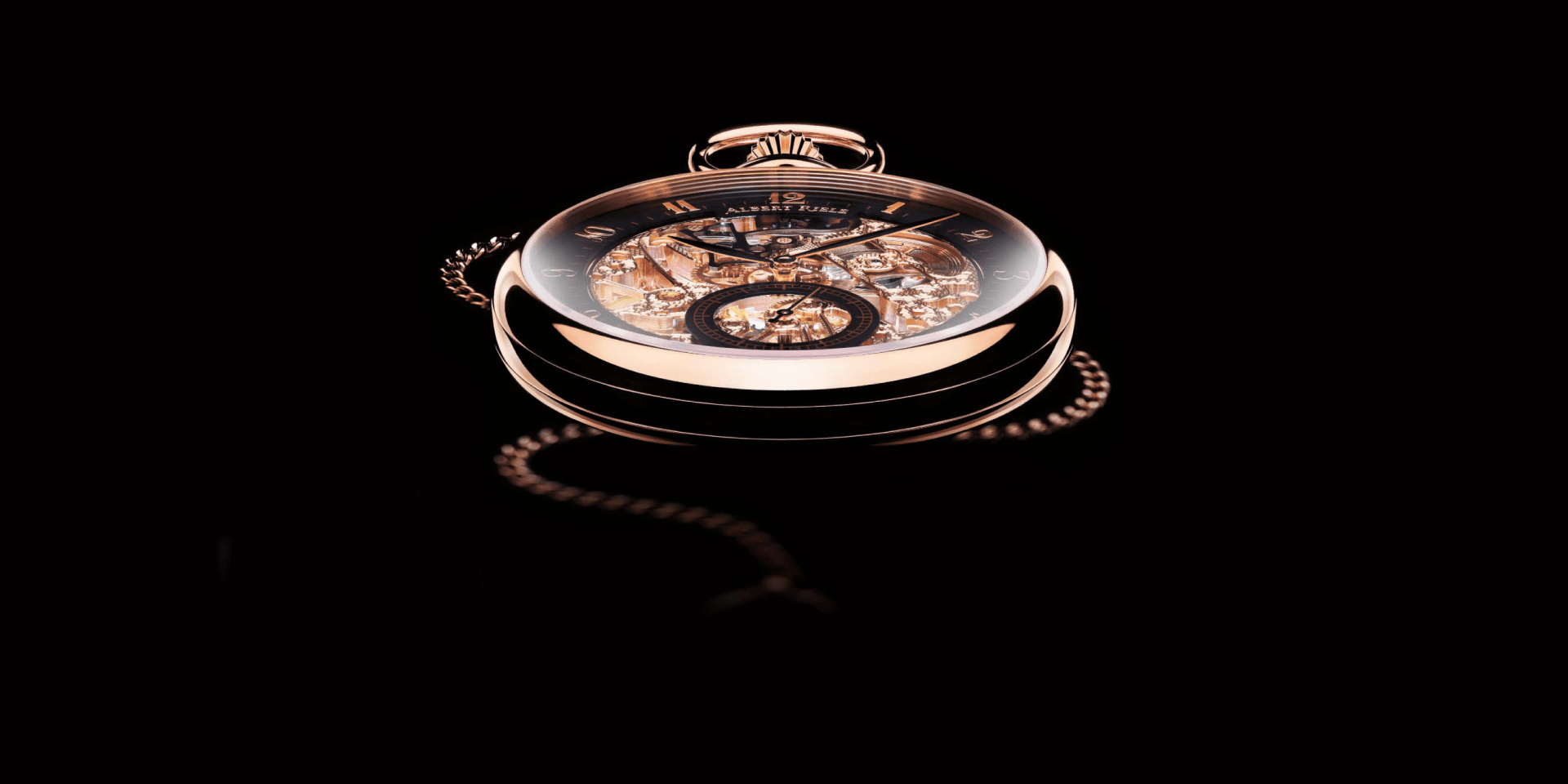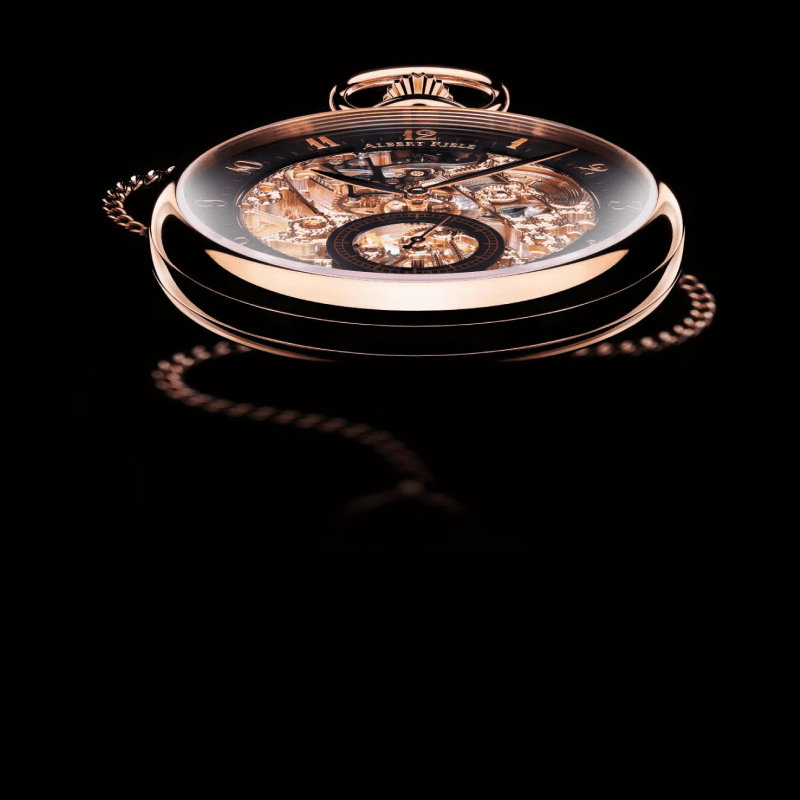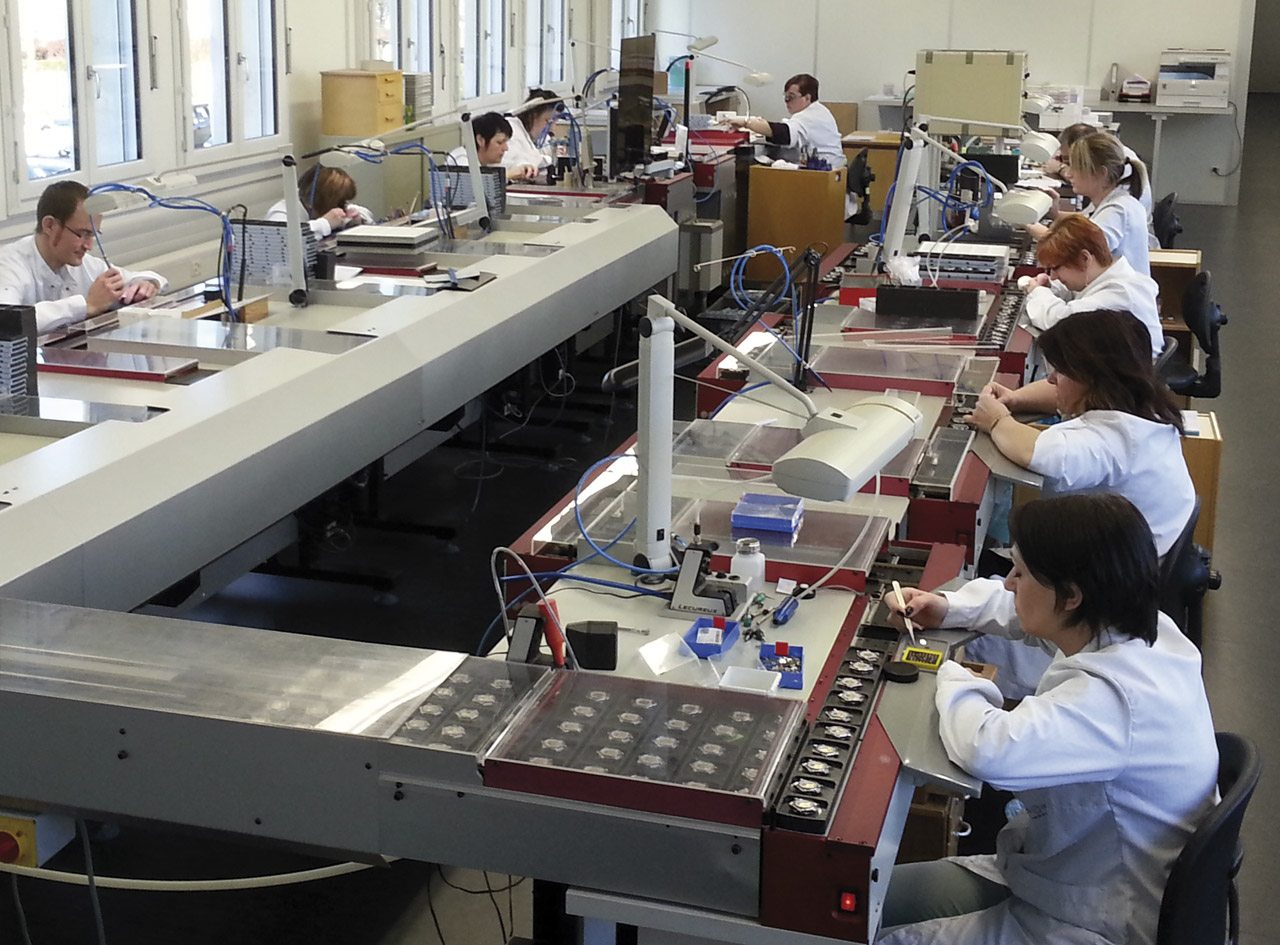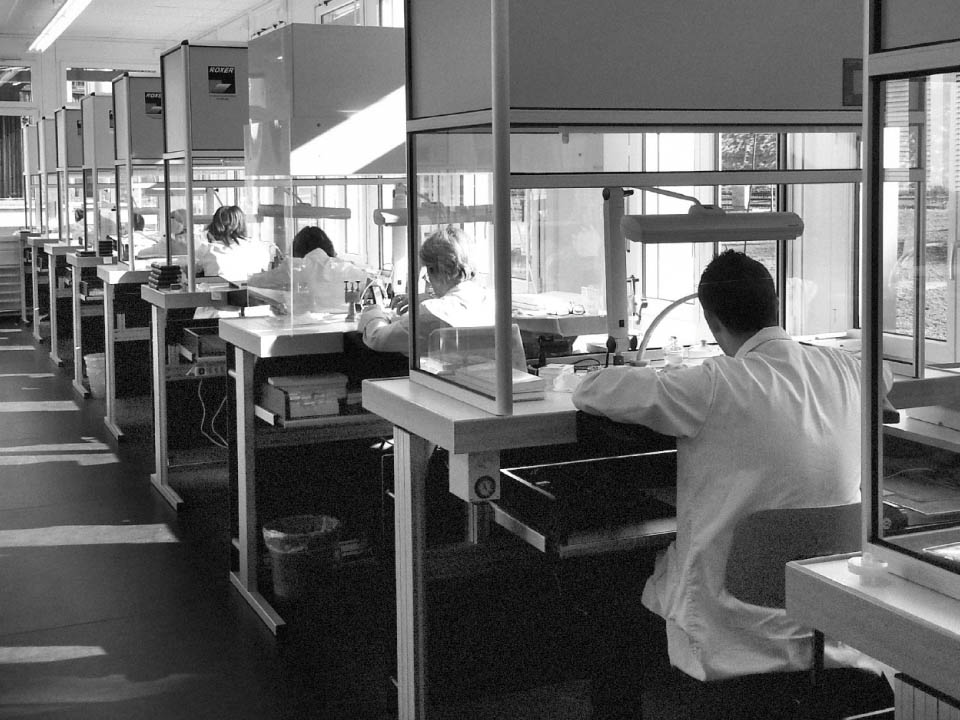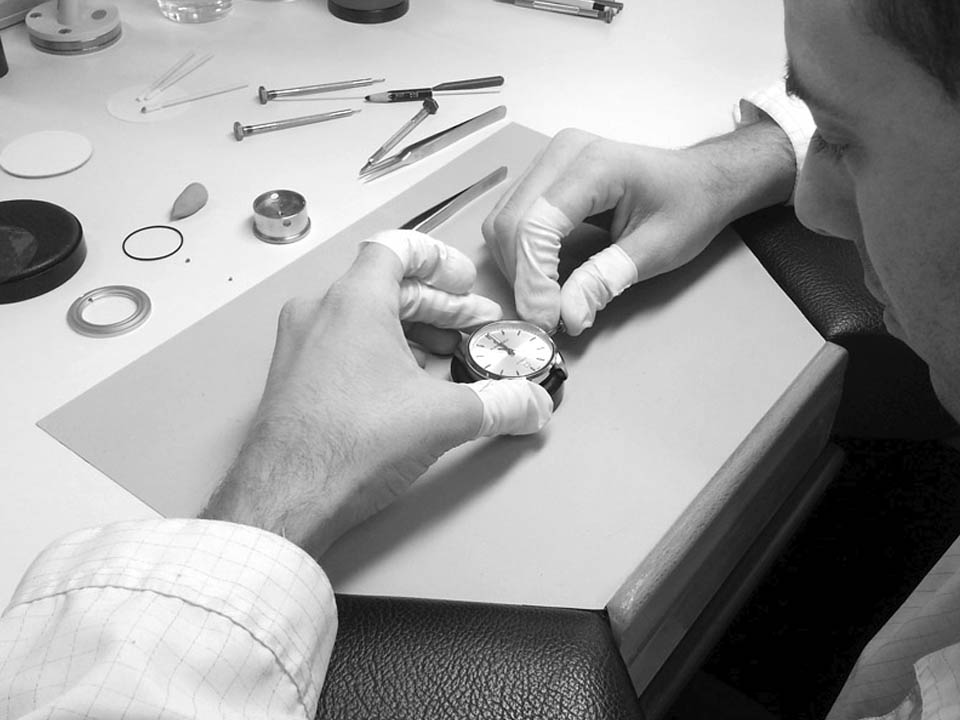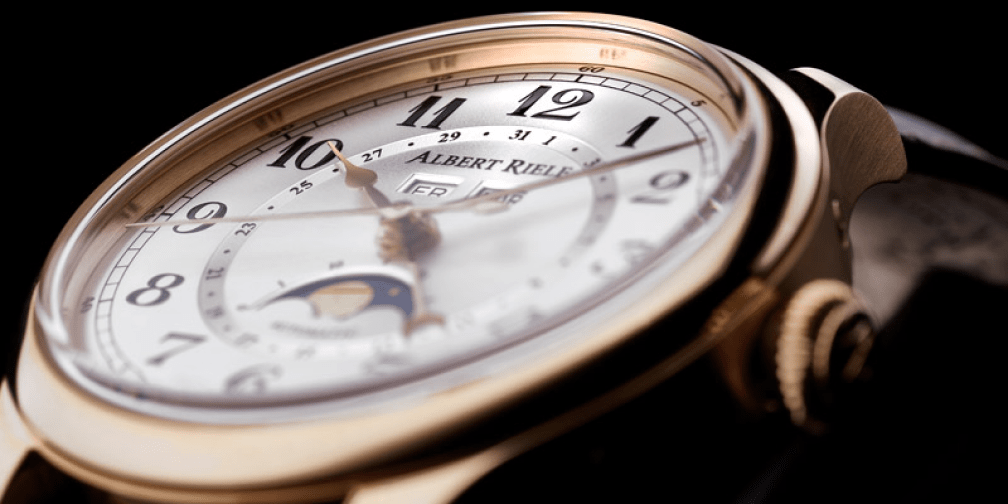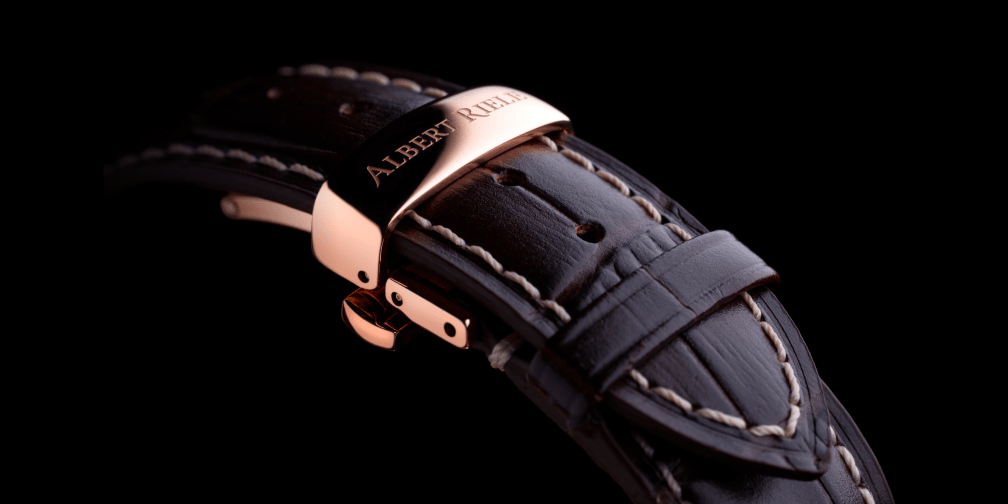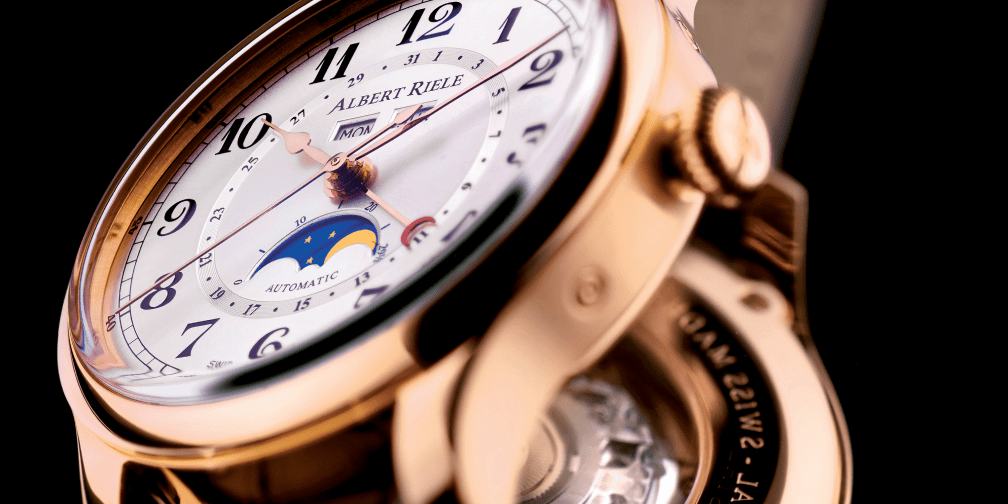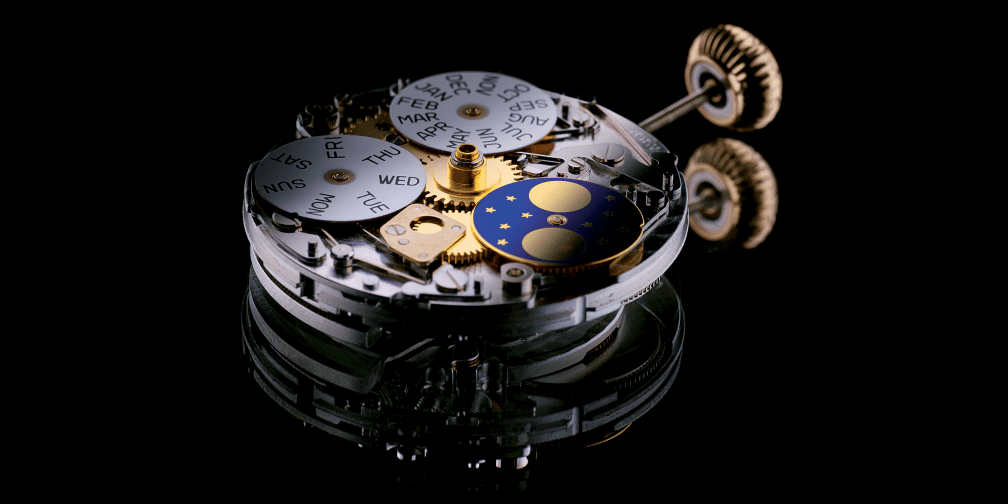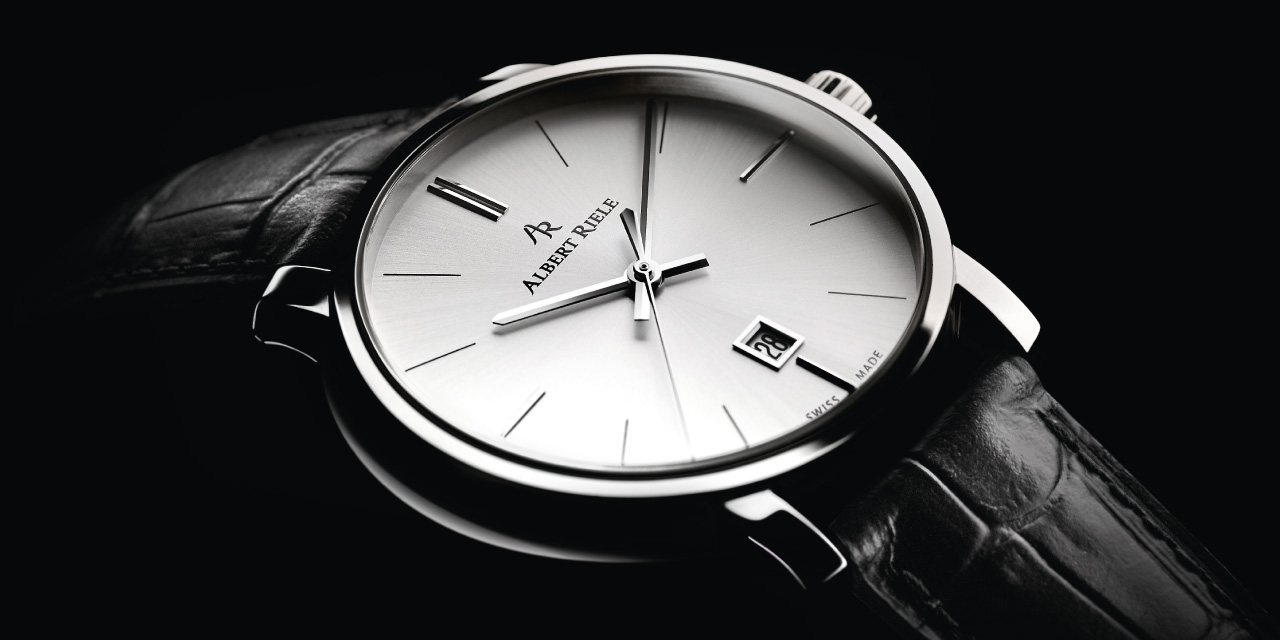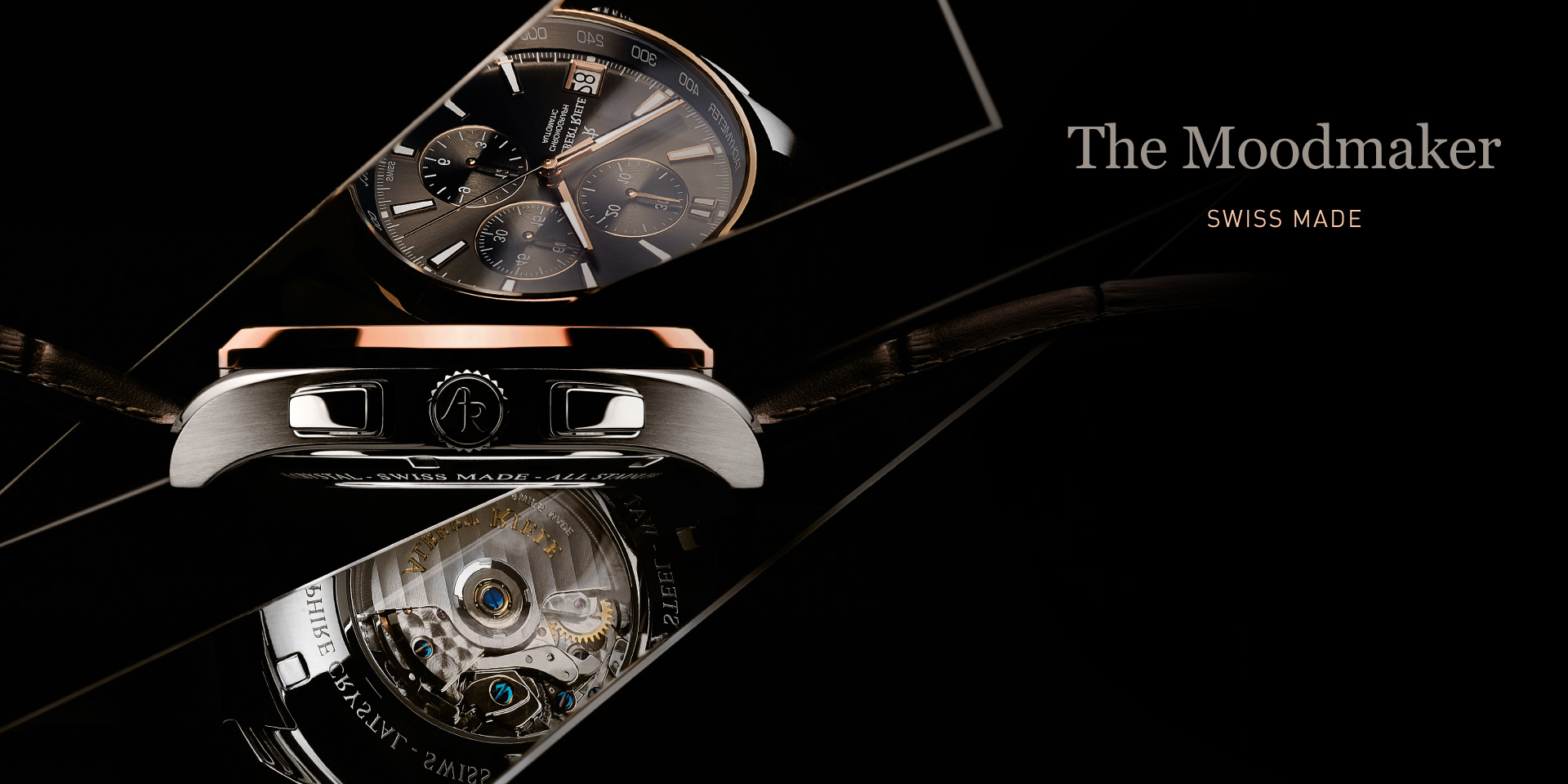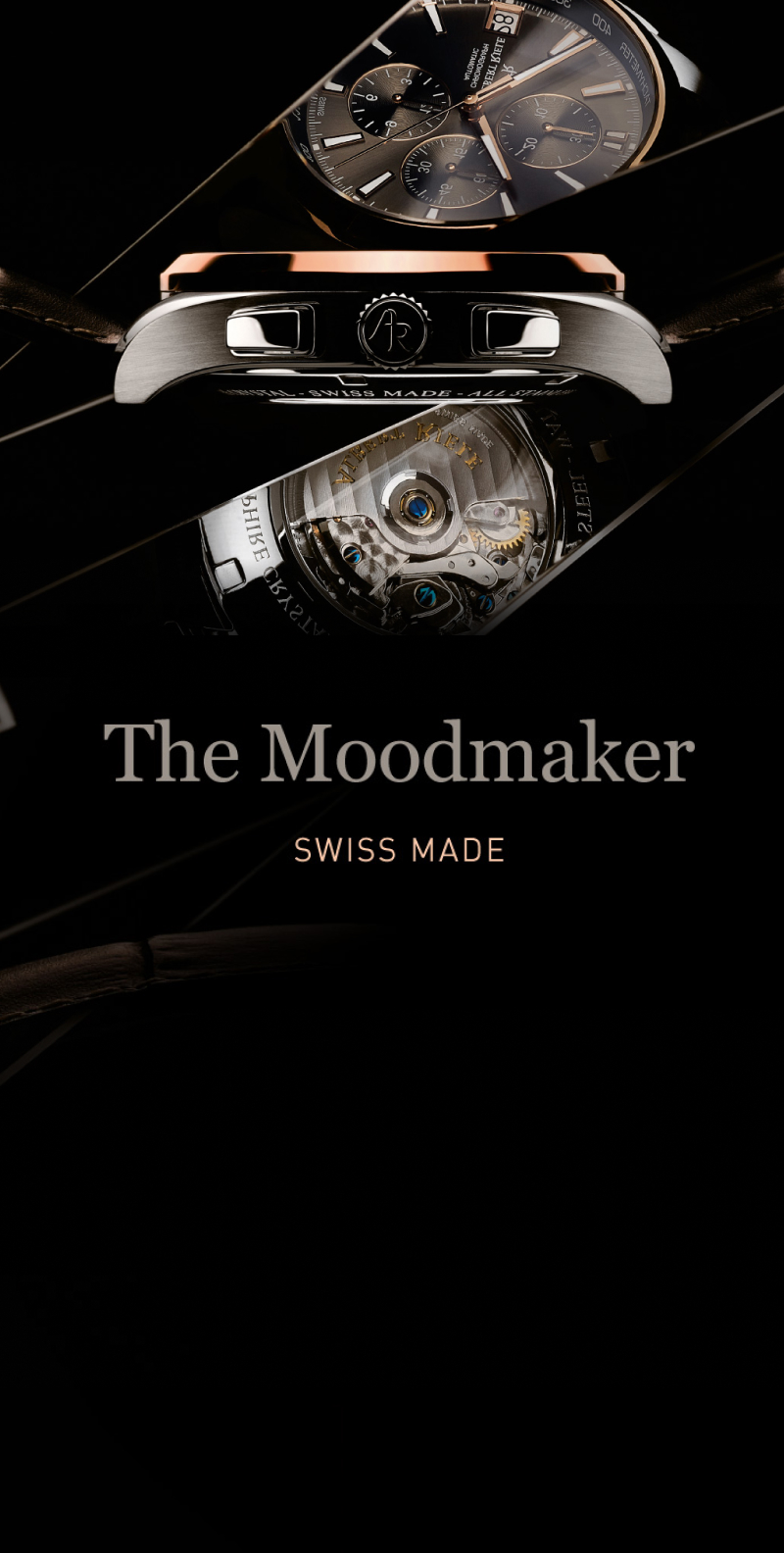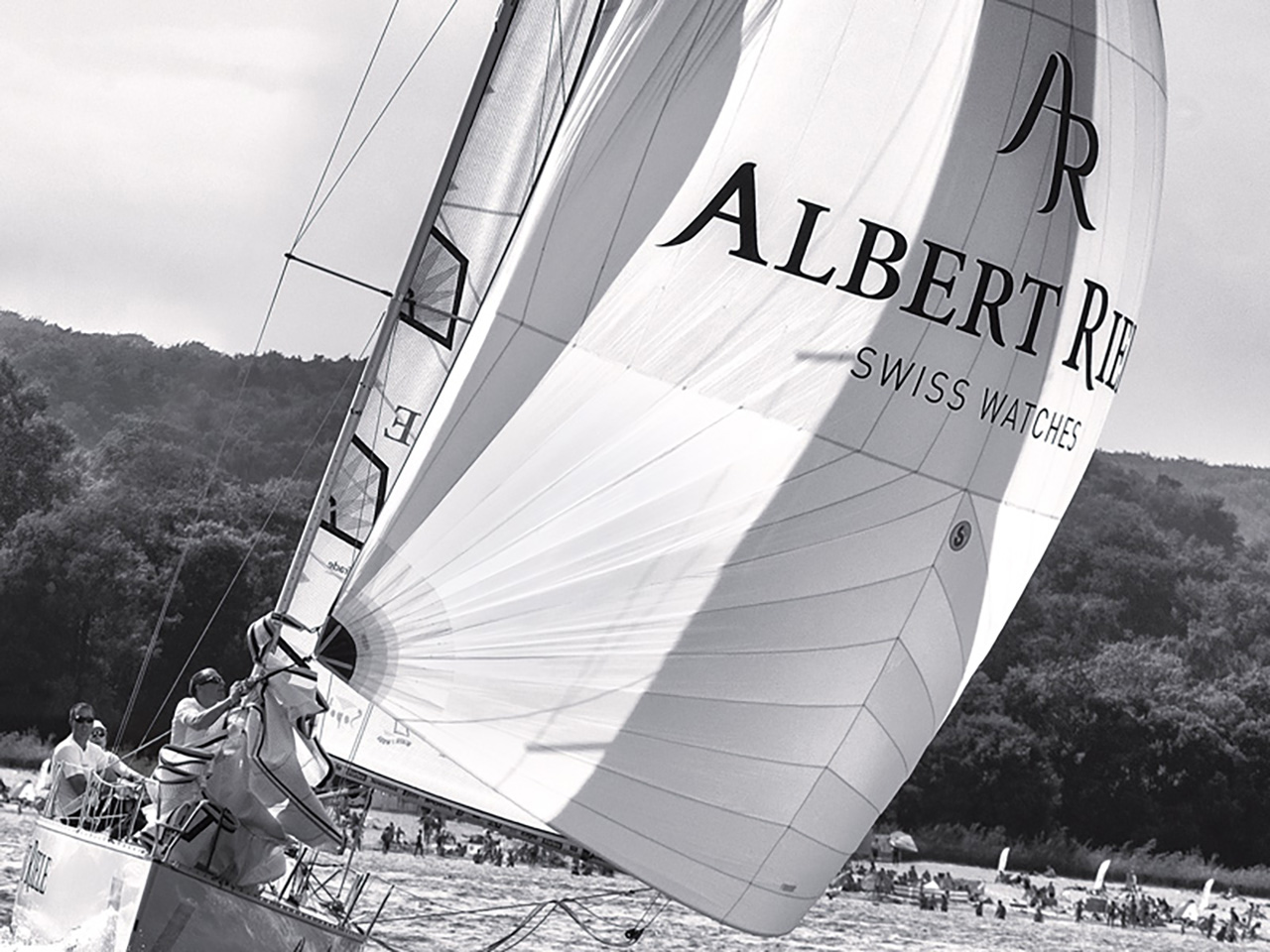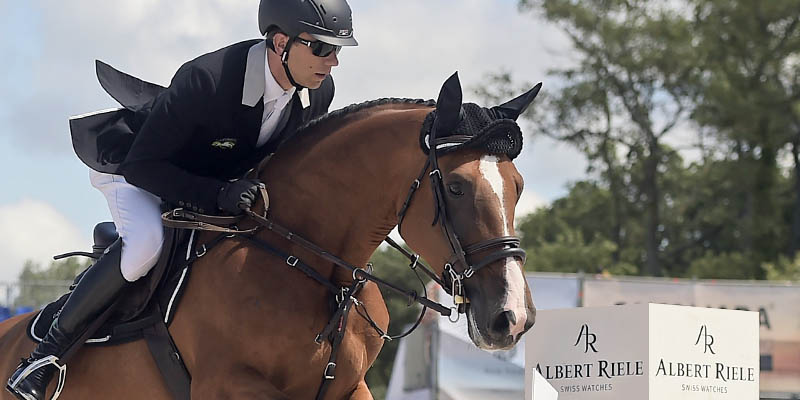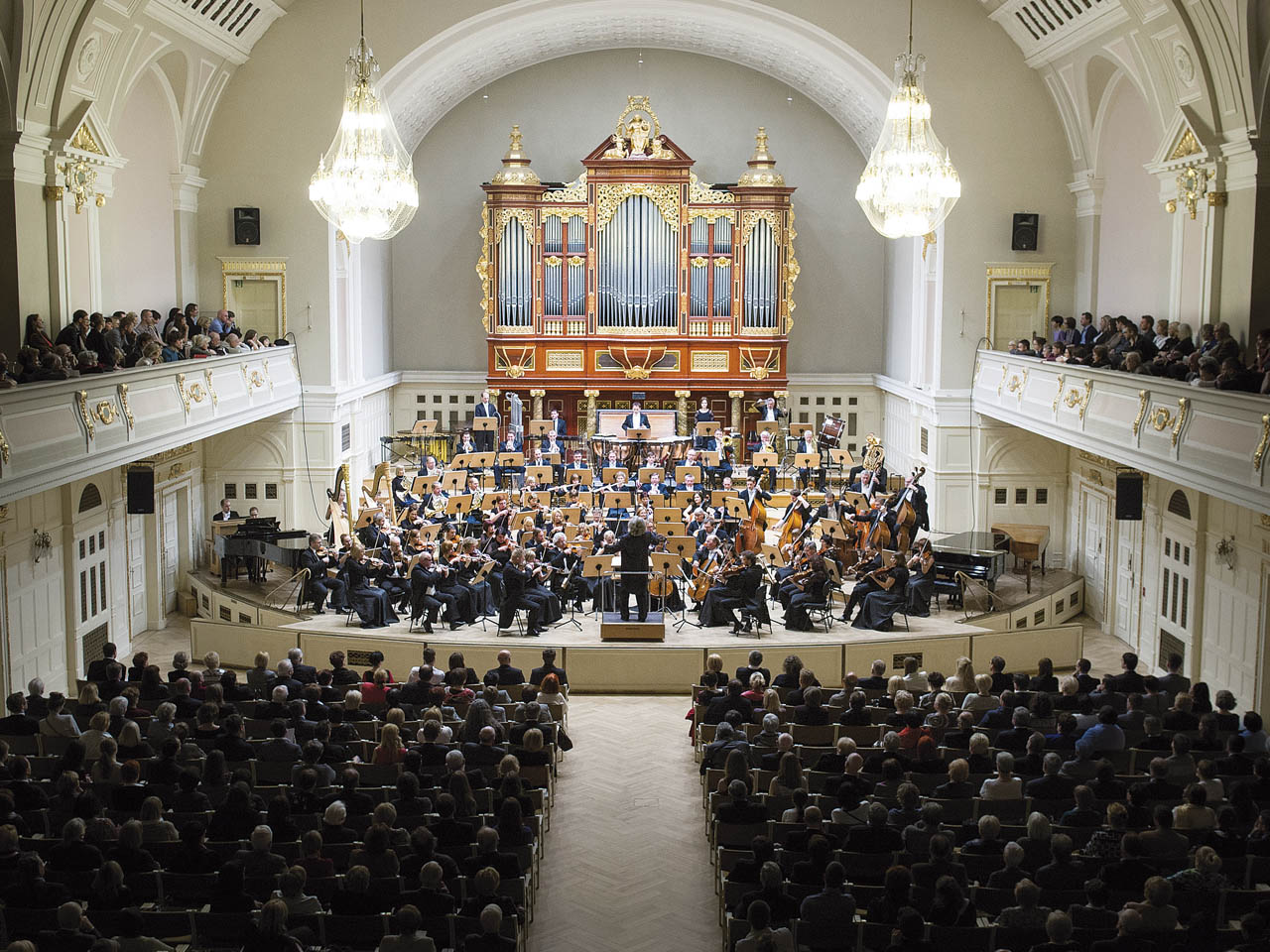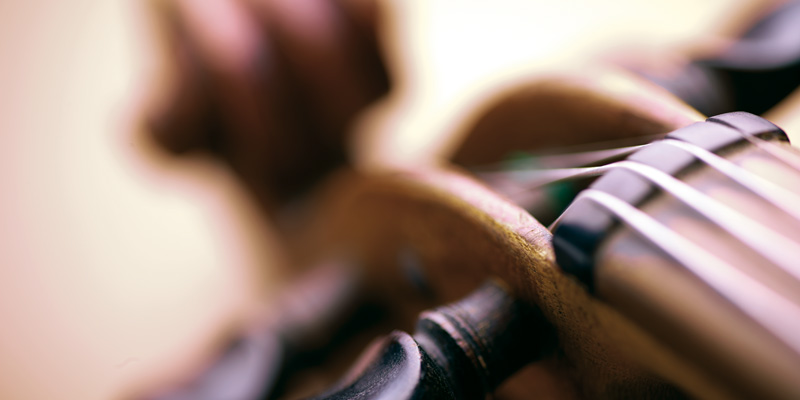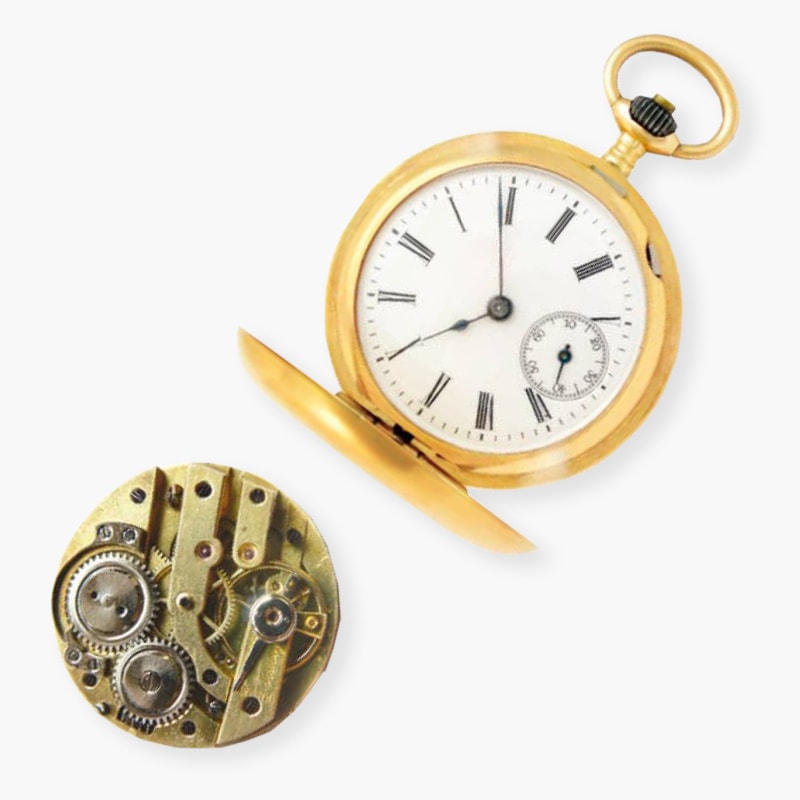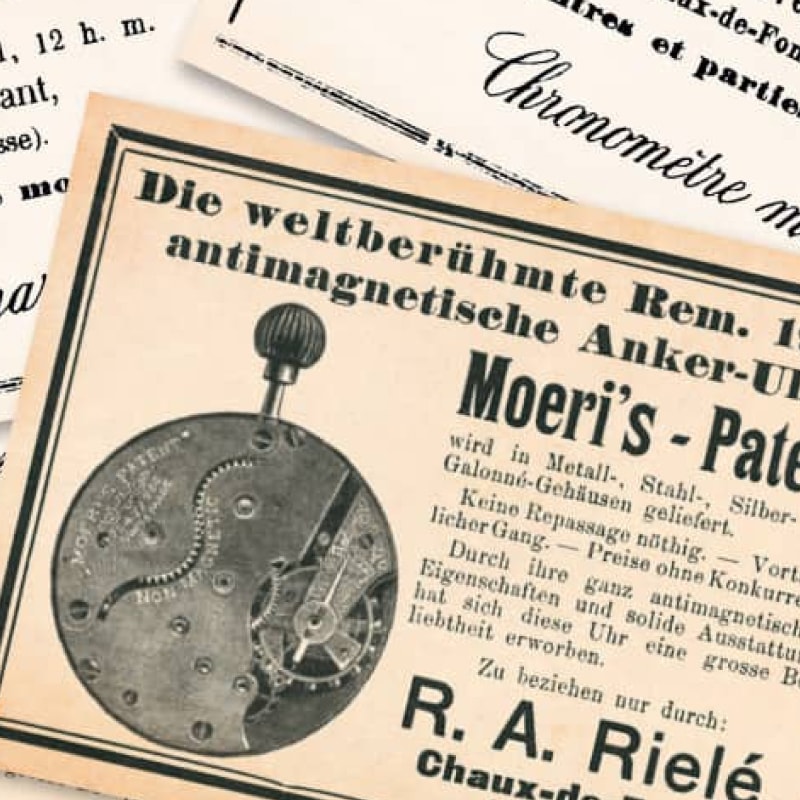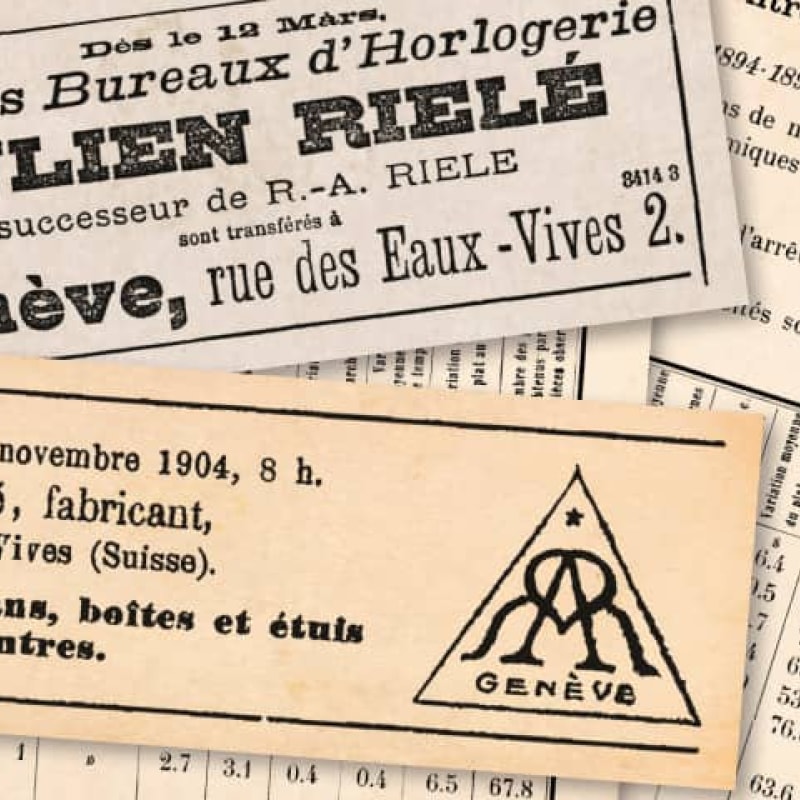CHRONOMÈTRE MARITIME: INSPIRATION FOR MODERN MARITIME COLLECTIONS
During the years of growth, especially in the 1890s, R. Albert Rielé registered several additional trademarks. One of them was “Chronomètre maritime” (1901) which suggests that he also made chronometers for use at sea. The new Challenger collection, as well as the models from the Premiere collection, allude to this tradition. The trademarks covered not only movements but also watch cases, dials, and packaging. This shows that Albert manufactured and assembled complete watches. Most pocket watches by R. Albert Rielé were made from 14k gold.
In 1881, his 14-year-old son Julien was a student at the watchmaking school in La Chaux-de-Fonds, learning the craft of making watches (Albert worked as a teacher at the same time). After 10 years of working for his father, in 1892 Julien Rielé was granted the power of attorney at the company in order to support Albert in times of rapid growth and increased demand for workforce.
In the 1890s, the prosperous business and the increasing number of employees always kept Albert busy. He hired highly specialized employees, among others, experts in the assembly and finish of levers and cylinder escapements for his highly renowned watches. Moreover, due to the strong ties to his home country, Germany, Albert held the exclusive distribution rights for movements for watches by the German company Moeri which produced 50,000 lever movements per year.

